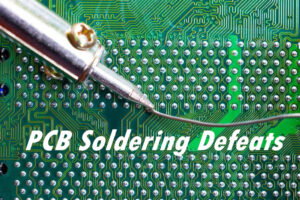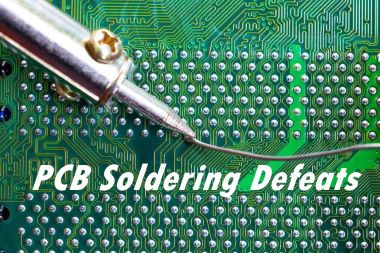
By understanding the most common PCB soldering defects, you can avoid these defects and protect yourself from PCB failures. Use a list of the most common types of PCB soldering defects to reduce delivery and cost issues associated with bad batches.
Common PCB soldering defects
Even the machine is not 100% correct and everything from operators to contaminants can cause PCB soldering defects.
- Open
- Too much solder
- Component shift
- Cold joint
- Soldering bridge
- Webbing and splashes
- Lifted PADs
Open
An open circuit occurs when the trace is broken or when the solder is only on the pad and not on the component lead. In this case, there is no adhesion or connection between the component and the PCB. Just like short circuits, these can also occur during production or soldering and other operations.
Too much solder
When too much solder is used, large solder bubbles form in the joints. The joint itself works fine, but hides trouble under the PCB solder ball.
Component shift
Component shifts occur when the PCB is not aligned on the target area. Improper design of PCB parts direction will also cause short circuit of the board. The way to reduce this is to make sure the PCB is centered and has a horizontal surface or a correct reflux curve.
Cold joint
When the temperature of the iron is not heated enough, or at low temperature, cold joints will occur, which may limit the function of the PCB.
Soldering bridge
When two points on a circuit board that were not designed to be electrically connected are inadvertently connected by solder through the top of the PCB solder mask, this creates an electrical short circuit that can cause a variety of damage. Generally welded Bridges are difficult to notice and often go undetected.
Webbing and splashes
When soldering is affected by contaminants, webbing and spatter will appear, affecting the appearance of the PCB and even causing a short circuit.
Lifted PADs
When not enough solder is used on the pads, they are rough or overheated and they are subjected to excessive force, THE PADS MAY be ELEVATED from the PCB and a short circuit may occur, damaging the entire board.
Want to know more about PCB defects?
Working with a qualified PCB manufacturer can help you complete your PCB project without worrying about PCB defects.
To ensure that your PCB is first class, KingPCB provides reliable measures and services in the production process. Contact us now for any more information about PCBs.




